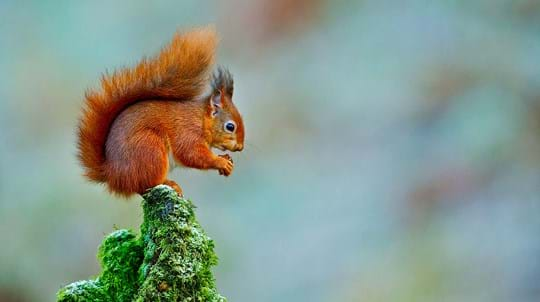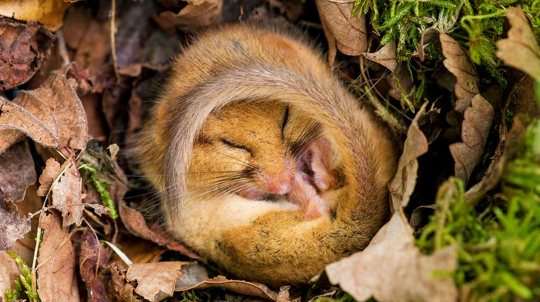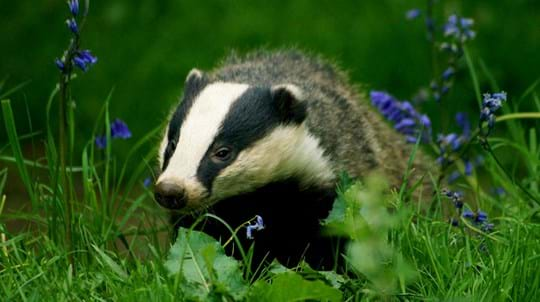
Credit: Sandra Standbridge / Alamy Stock Photo
What do grey squirrels eat?
Nuts, acorns and tree seeds are the main foods of choice for grey squirrels. These will be collected in autumn and buried underground, ready to be eaten in winter when food is scarce. Other food taken includes flowers, buds, shoots, pine cones and occasionally young birds and eggs.









